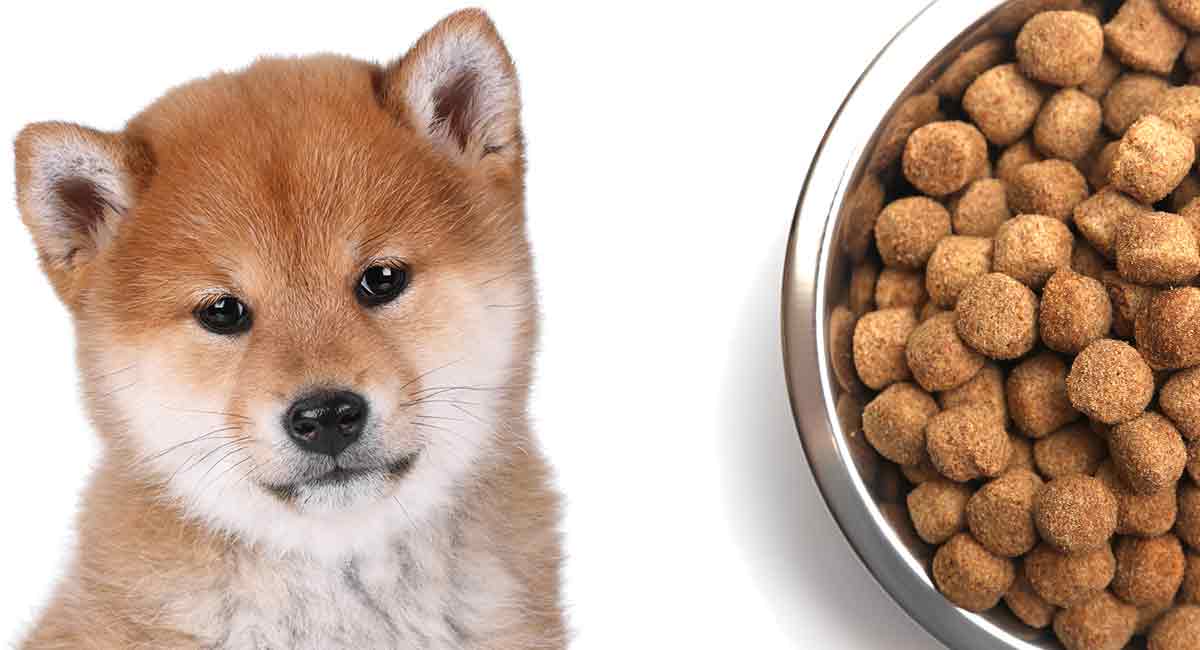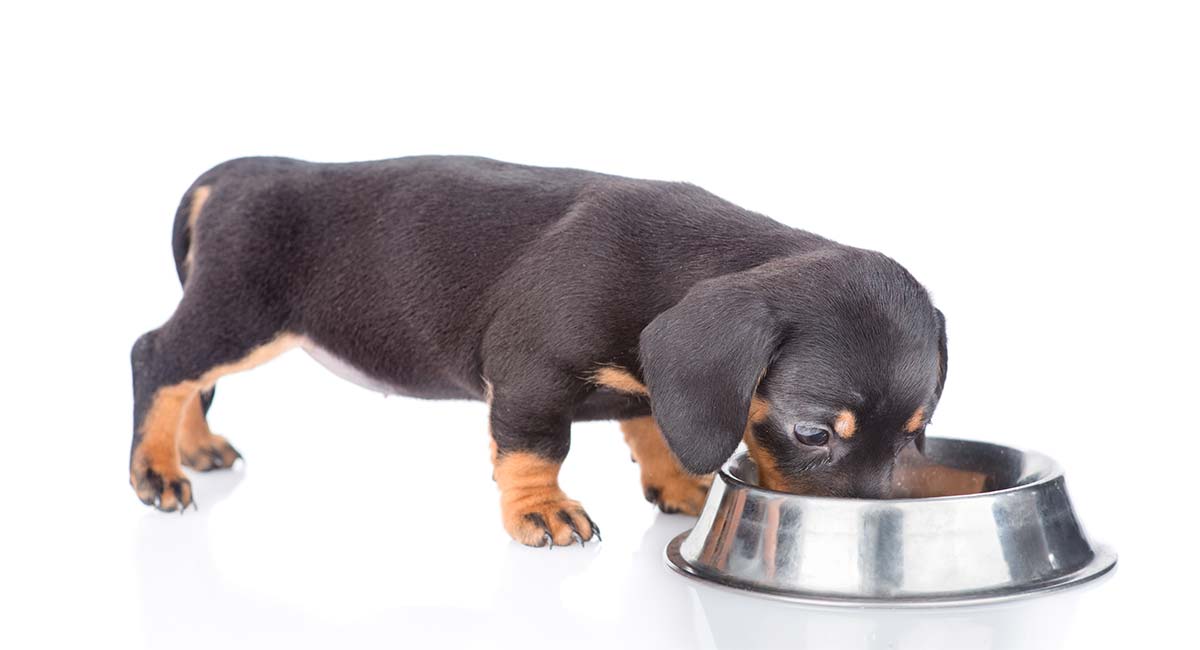There is a lot of scary information out there, regarding animal feed and nutrition. You can read about dog food recalls and the dangers of a processed commercial diet one day, and then read about the dangers of raw food the next. And it’s fair to say that there’s a certain amount of propaganda designed …
Different Ways To Feed A Puppy – And My RecommendationsRead More









